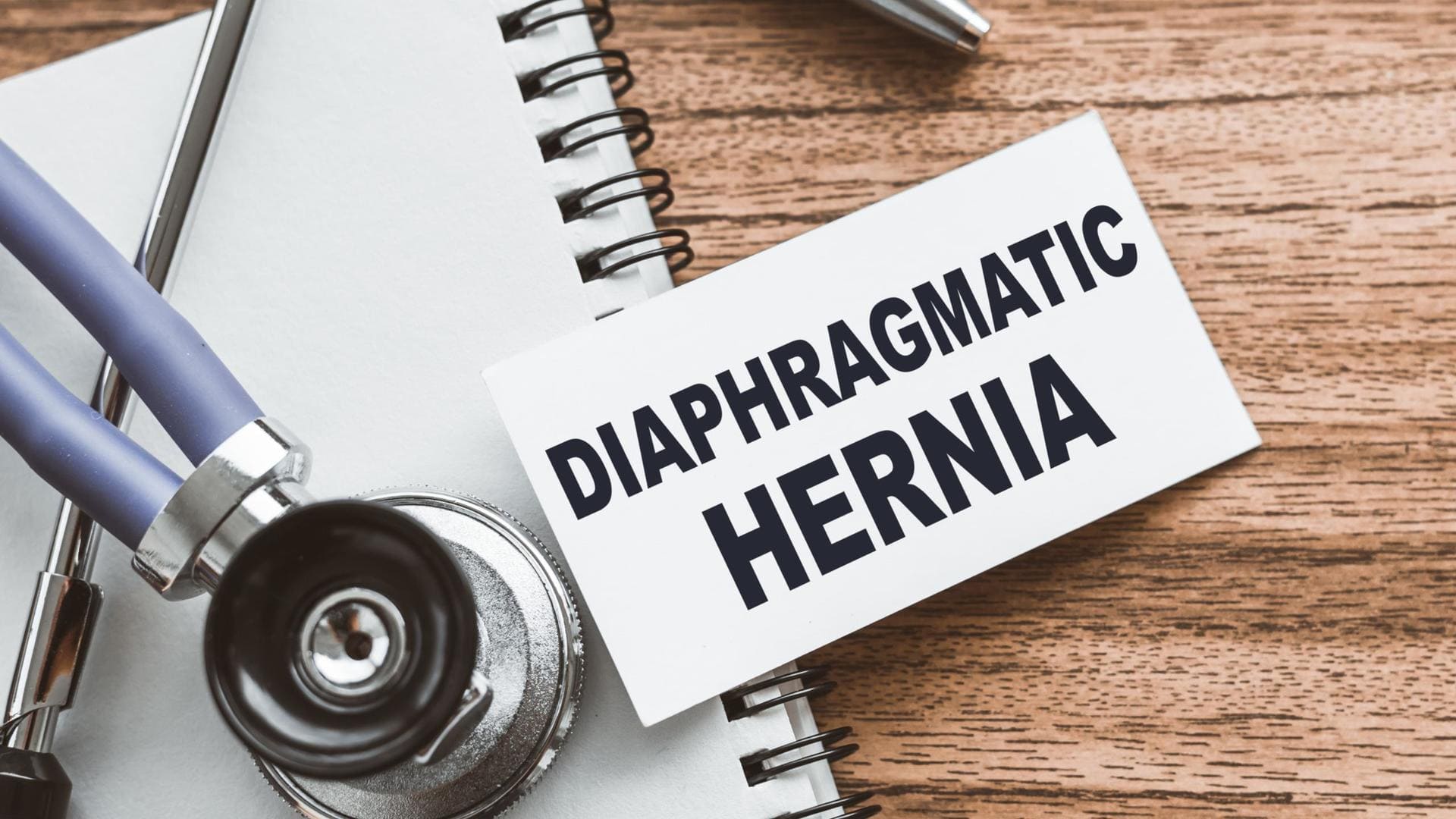
Diaphragmatic Hernia Action Day: Know its causes, symptoms, and treatment
What's the story
Diaphragmatic Hernia or congenital hernia of the diaphragm (CDH)is a condition where there is a hole in the diaphragm.
It is a birth abnormality where the opening in the diaphragm allows part of the organs from the belly to move into the chest cavity near the lungs.
Today, on Diaphragmatic Hernia Action Day today, we discuss why there is a need to spread awareness.
Context
Here's what our expert says
A diaphragmatic hernia is a defect in the muscular sheet(diaphragm) that separates the thorax and abdomen.
Due to this defect, the contents of the abdomen such as the stomach, intestines, or liver may move up into the chest, compressing the lungs and heart, making it difficult for the baby to breathe.
It is seen in new-borns babies and can be treated with surgery.
Importance of date
Why April 19?
On April 1, 2008, a woman registered the terms "Congenital Diaphragmatic Hernia Awareness" and "Congenital Diaphragmatic Hernia Awareness Day," based on the date she founded her non-profit.
Following this, there were threats of legal action if any organization/family took part in "CDH Awareness Day" without her consent.
After a battle of two years of legal dispute, the trademark was abandoned on April 19, 2010.
Significance
Significance of the day
The CDH organization members decided to declare April 19 a global "Congenital Diaphragmatic Hernia Awareness Day" to commemorate this and the disappearance of both trademarks.
This is a day for all people to freely increase CDH awareness and celebrate the lives of the patients.
People also utilize the day to raise money for any hospital or charity of their choice.
Cause
How is a diaphragmatic hernia caused?
It is rare to have a diaphragmatic hernia. It takes place as the fetus grows inside the mother - when the diaphragm is still in its infancy.
The hernia mostly often involves only one side (commonly the left side) of the diaphragm.
Reports suggest that about 40% of babies with this condition have other problems as well.
Symptoms
What are its symptoms?
The most severe and common symptoms include breathing problems - shortly after the baby is born.
This happens due to poor movement of the diaphragm muscle and crowding of the lung tissue. Problems with breathing and oxygen arise because of underdeveloped lung tissue and blood vessels.
Other symptoms include bluish-colored skin due to lack of oxygen, rapid breathing, and rapid heart rate.
Treatment
How can it be treated?
Treating this condition involves surgery.
Surgery is done to place the abdominal organs into the proper position, thereby repairing the opening in the diaphragm.
In addition to the surgery, the baby might need specialized equipment such as an oscillator ventilator, heart-lung machine, or nitric oxide to help deliver enough oxygen to the body.
Throughout the recovery period, the infant might need breathing support.